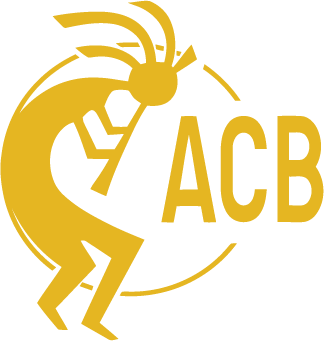EVENTS
Upcoming Webinars
No Results Found
The page you requested could not be found. Try refining your search, or use the navigation above to locate the post.
SERVICES
What We Do
Certification and Approval Services
Equipment Certification or Conformity Assessment from ISO/IEC 17025-accredited testing laboratories, appropriately-listed laboratories, and other approved sources.
Worldwide/International Type Approvals
Key access to over 200 global markets countries, with a global team of ACB regional offices, partners, agents and experts in every hemisphere.
FCC Certification Services
American Certification Body has the broadest combined industry expertise in the world with Certification to the FCC Rules and Regulations our specialty, serving the industry since the year 2000.
Cyber Security for Consumer Internet of Things
ACB is ready to provide top-notch support for your IoT device’s cyber security needs. Get started now and let us help you navigate the complex world of IoT cyber security. Interested in Cyber Security for IoT?
Regulatory Updates
Newsletter
Training and Seminars
Our seminars are presented to designers, developers and testers of wireless products. As the technologies evolve, the regulations for measurement and certification of wireless products are constantly evolving and creating challenges for electronics industry. Keeping abreast of these changes and the nuances of the regulations is critical for speeding electronics products’ time-to-market. Fierce competition from rival developers creates additional pressure to design the devices for compliance with the regulatory requirements and “getting it right the first time.”
- Learn the FCC Certification Requirements
- Learn the latest FCC and ISED Canada Rules and Regulations
- Hear from the experts on FCC and ISED interpretations
- Understand the requirements of the European RED / EMC and discuss recent activity.
- Interact and exchange with your colleagues in the compliance/regulatory industry
Fast Certification services for Wireless Products
American Certification Body (ACB) provides Certification for Wireless Devices. We can support you for global market access for your electronic devices, including US/FCC, Canada, Japan, Hong Kong, Asia and European Approvals (CE Marking) for Licensed and Unlicensed wireless products. We work with our clients around the world and around the clock. We understand your time to market concerns and we realize that Certifications are an important timing issue for all manufacturers. Contact us anytime. Certification questions and inquiries are welcome.
ACB is your source for radio equipment authorizations including 802.11a/b/g, Bluetooth, frequency hopping spread spectrum, digital transmission systems, WiFi, WiMax, GSM, CDMA, WCDMA, HSPA (HSDPA, HSUPA), marine, aviation, land-mobile, OFDM, point-to-point, point-to-multipoint, EPIRB, PLB, BPL, PDA, radar, ISM devices, Smart Phones, and broadcasting equipment. Nearly all devices which use radio frequency energy, from garage door openers to microwave broadcast towers, are eligible for Certification through ACB. Specific Absorption Rate (SAR), Maximum Permissible Exposure (MPE) and Hearing Aid Compatibility (HAC) evaluations are provided as part of our total Certification package.
ACB e-file system
![]() Register to securely upload exhibit files (for example: test report, photos, SAR report, block diagram) to support applications you create with our system.
Register to securely upload exhibit files (for example: test report, photos, SAR report, block diagram) to support applications you create with our system.
Once registered, you can create applications for FCC, ISED Certifications, Japan/MIC Approvals and Notified Body opinions (CE Mark).
After you create your application (by filling out an online form) and upload files, the ACB customer service and engineering staff will update your project as it moves through the review process.
To help guide you through the certification process, we offer forms and documents to help complete your filing where applicable. Various types of approvals can each require a different set of supporting forms and/or documents. If you have any questions or require any assistance simply contact our customer service staff.
For your convenience, online payment is also available via our e-file certification system.














